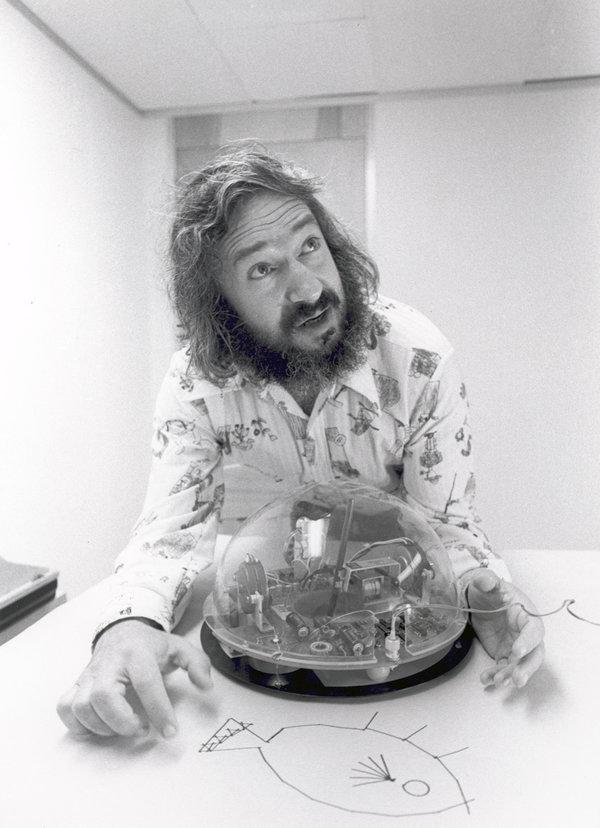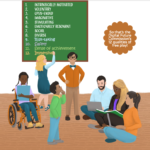
Maybe you’ve heard of the programming language, Logo. Or maybe you’re familiar with Lego Logo or Lego Mindstorms. We have Seymour Papert to thank for Logo, Lego Logo, and Lego Mindstorms. I read Papert’s book Mindstorms when it was published in 1980. I read every book he wrote in the years to follow. Seymour Papert has had a deep influence on my work with young people.
Paolo Blikstein directs the Transformative Learning Technologies Lab at Stanford. He is the lead editor of the book, Meaningful Making: Projects and Inspirations for Fab Labs and Makerspaces. I’ve attended demos by Paolo’s students and reviewed their projects. Paolo wrote the best short piece on Seymour Papert’s legacy that I could find. Here’s an excerpt (I encourage you to read the whole post—it’s not long):
In 1968, Papert, Cynthia Solomon, Daniel Bobrow, and Wally Feurzeig crafted Logo, a revolutionary programming language, the first designed expressly for use by children, at a time when computers used to fill entire rooms and were impossibly complicated. Papert’s vision was that children should be programming the computer rather than being programmed by it. In 1970, Papert convened a symposium at MIT called “Teaching Children Thinking” where he laid out his case for children teaching computers. This radical idea would float around for nearly two decades before digital tools would become commonplace in the classroom. And yet to this day, there is still a great gap between paradigms: Is the machine driving the child or vice versa?
If you haven’t heard of Logo, or Lego Logo, perhaps you are familiar with Scratch, a visual programming language for children? Scratch is a project of the Lifelong Kindergarten Group at the MIT Media Lab. Mitch Resnick, the founder, was a lifelong student of Seymour Papert. With Scratch, young people can make their own interactive stories, games, and animations.
Researcher Stefania Druga is helping kids to learn to design and program their own intelligent toys using Scratch and some Scratch Extensions she’s created. I’ve mentioned Stefania Druga’s work in previous posts like this one. Mitch Resnick was one of Stefania Druga’s advisors. One of her projects is Cognimates, a platform for AI education. Watch this short video here (3 mins) with children ages 7 to 10 using the Cognimates platform. And if you want to go deeper, here’s a one hour presentation on Cognimates titled “Democratizing Who Creates with AI” that Stefania gave in October 2018. Would you rather read? Here’s Stefania’s post, Growing up with AI: How can families play and learn with their new smart toys and companions? (Medium says it’s a 9 min read and I say the pictures are awesome.)
Reading Stefania’s post, or watching her presentation, you’ll be tapping into the lineage and legacy of Seymour Papert, an extraordinary human we should all be familiar with today.

UPCOMING PRESENTATIONS
Rethinking Technology for Your Family: Foundations for a Mindful Digital Life, a webinar for ParentsPlace, February 7, 1–2 pm Pacific. You can register here.


